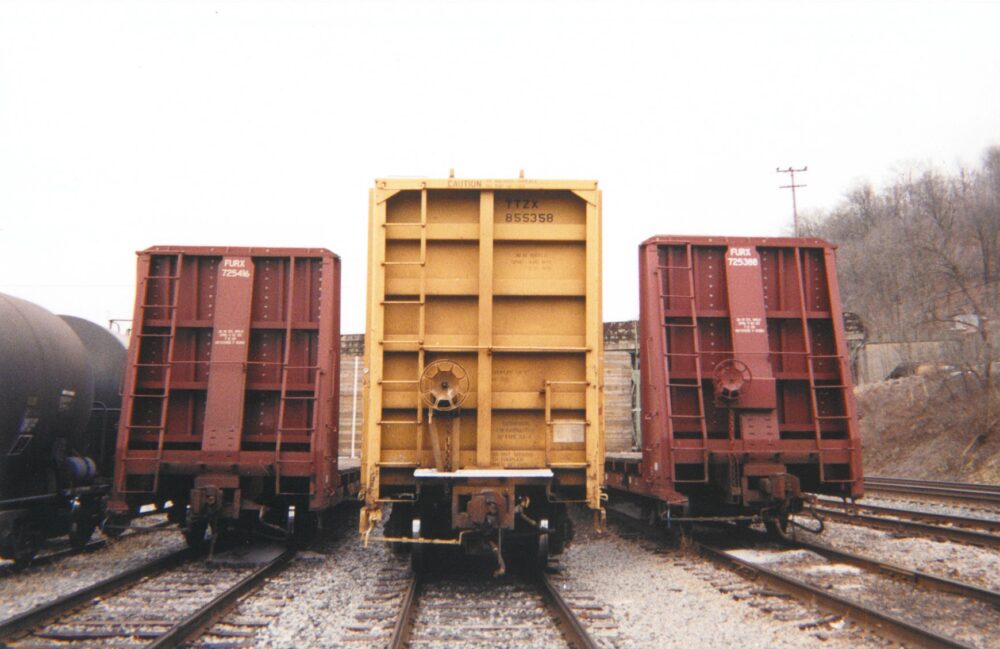
Just about any job on the railroad has posed dangers. But this may be especially true for railroad conductors, particularly those who work with freight trains. Knowing this, the federal government passed the Federal Employers’ Liability Act (FELA) to give injured conductors and other railroad workers a means for recovering financial compensation after incurring work-related injuries. With that in mind, please read on to discover the most common railroad conductor injuries and how one of the seasoned FELA lawyers at Hildebrand McLeod & Nelson LLP can help you obtain recovery if you are eligible for legal action.
What are the roles and responsibilities of railroad conductors?
If you are a conductor for a freight train, you may not have the added worry of passenger safety. But you most certainly need to be concerned for your safety and that of your crew. For one, you must clearly communicate important information with engineers and dispatchers during your trail operation. You must oversee that crew members are loading the rail cars with equal distribution and with a safe technique. Lastly, you must closely monitor any obstructions on the track while the train is in motion. Otherwise, a railroad accident involving yourself and other crew members is likely to be prompted.
What are the most common railroad conductor injuries?
No matter your diligent effort to achieve safe operations, a railroad accident may result due to no fault of your own. Below are the most common railroad injuries that may constitute a FELA claim for a current or former railroad conductor:
- Slip and fall injuries:
- A conductor may fall from slippery oil or other obstructions on the rail car floors.
- A conductor may fall off the side of a rail car getting moved around a freight yard.
- A conductor may hurt their back or neck when mounting or dismounting a moving rail car.
- Crush injuries:
- A conductor may get stuck between a stationary and moving rail car getting coupled or uncoupled.
- A conductor may get struck by a close-clearance stationary object while riding on the side of a rail car.
- A conductor may get run over by a rail car that is backing up or starting forward for different tasks.
- Equipment-related injuries:
- A conductor may get electrocuted after interacting with exposed wires overhead or in the rails.
- A conductor may hurt their back, neck, or shoulder when attempting to operate a faulty hand brake.
- A conductor may overexert their knees and shoulders from heavy lifting without assistive devices or extra hands.
- Inclement weather-related injuries:
- A conductor may get frostbite in their fingers and toes while working at below-freezing temperatures.
- A conductor may suffer from dehydration or heat exhaustion while working during a heat wave.
- Exposure-related injuries:
- A conductor may receive a cancer diagnosis after excess exposure to asbestos, diesel exhaust, silica sand, etc.
To give yourself enough time to develop a solid case, please be sure to get in touch with one of the competent FELA lawyers from Hildebrand McLeod & Nelson LLP as soon as possible. We look forward to hearing from you.


